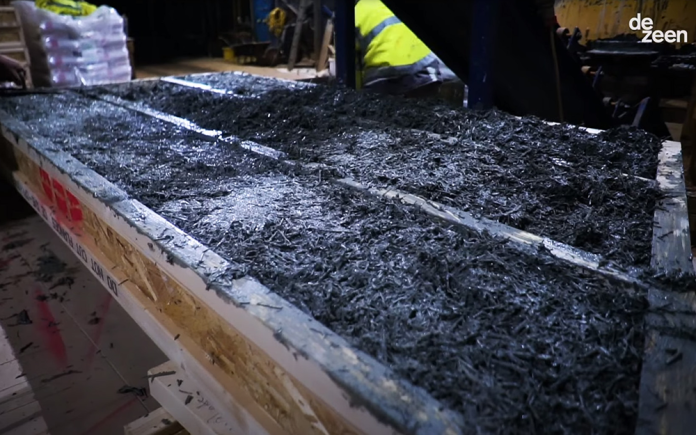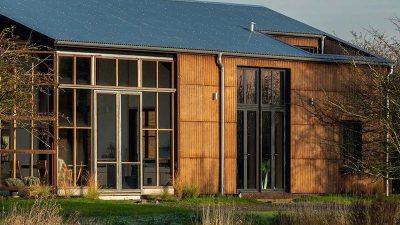
BY RUTH HILL R.N.
The cannabis plant was legal for 10,000 years until the US decided to make this plant a toxic substance. First, the timber industry competed against hemp for paper. Then in the early 20th century, the petroleum industry led the development of synthetic materials. The nail in the coffin for hemp came with the marijuana tax Act of 1937. While everyone thought they were regulating marijuana it essentially put a tax on all varieties of the cannabis plant including the non-psychoactive part of the plant. Through lobbying, misinformation campaigns, and manipulation of legal frameworks, traditional industries like timber, cotton, and petroleum curtailed the hemp farming industry for decades.
 Nixon buried the industry when in 1972 he commissioned a blue-ribbon committee to study the medicinal use of marijuana. The American Medical Association recommended marijuana for medicinal purposes. Nixon ignored their recommendation and initiated five Schedule categories for drugs. He placed all forms of cannabis including hemp, in Schedule I along with ecstasy, heroin, and LSD.
Nixon buried the industry when in 1972 he commissioned a blue-ribbon committee to study the medicinal use of marijuana. The American Medical Association recommended marijuana for medicinal purposes. Nixon ignored their recommendation and initiated five Schedule categories for drugs. He placed all forms of cannabis including hemp, in Schedule I along with ecstasy, heroin, and LSD.
While European nations were developing the hemp industry for textiles, construction materials, and food, the US hemp industry was asleep. Thankfully in 2018, President Trump legalized hemp as a legitimate farming industry apart from any medicinal use. After Trump’s farm bill forty-six states passed laws to allow hemp farming.
Hemp vs Marijuana
Both hemp and marijuana come from the same botanical genus. Marijuana is not the botanical name for the plant, it is a pejorative term for cannabis. Industrial hemp and medical cannabis have primarily been differentiated by their levels of THC production. Hemp legally has 0.3% THC. The hemp plant is tall and spindly. The medical cannabis plant is short and bushy.
 Hemp is grown on a Cambridgeshire farm, for construction materials that sequester carbon. It is estimated that the hemp market entails more than 25,000 products, ranging from textiles, clothing, rope, home furnishings, industrial oils, and cosmetics, to food and pharmaceuticals. The durability and high strength properties of the cellulose-rich fiber from the stalk make it a valuable product for rope, paper, construction, and reinforcement materials. Hemp seeds have high nutritional value and pharmacological properties. Within the last decade, hemp seed products have expanded to include a range of food and beverages, nutritional supplements, alternative protein sources, and pharmaceuticals.
Hemp is grown on a Cambridgeshire farm, for construction materials that sequester carbon. It is estimated that the hemp market entails more than 25,000 products, ranging from textiles, clothing, rope, home furnishings, industrial oils, and cosmetics, to food and pharmaceuticals. The durability and high strength properties of the cellulose-rich fiber from the stalk make it a valuable product for rope, paper, construction, and reinforcement materials. Hemp seeds have high nutritional value and pharmacological properties. Within the last decade, hemp seed products have expanded to include a range of food and beverages, nutritional supplements, alternative protein sources, and pharmaceuticals.
Hemp Bioplastics
The global hemp market is valued at US 5 billion. European countries like the UK, Ireland, and Sweden are expanding their hemp farming to curtail climate change. The environmental crisis posed by plastic pollution can be mitigated with the development of bioplastics. Hemp fibers, shivs, or seeds combined with other biodegradable materials to create plastics that have a lower environmental impact than petroleum-based counterparts. Fifty percent of oil goes to plastics.
Hemp fiber known for its strength and durability can be extracted from the bark of the plant. The Cellulose from hemp fibers can be converted into biopolymers. The biopolymers are then compounded with other biodegradable substances and molded into various forms depending on the desired need.
Hemp is essentially carbon neutral. Products that combine hemp with lime are fire-resistant, thermal regulating, mold-resistant, pest-resistant, and nontoxic.
Hemp Fabrics Benefits over Cotton
Hemp fabrics offer 4x the UV and UVB protection, 4x wicking ability, and in addition, have antibacterial properties. A hemp T-shirt/hectare uses 2000 liters less water, saves on pesticides and chemicals, and uses 250% less land and energy than cotton to produce.
Construction Material
Buildings constructed with hemp insulation offer only 9% carbon emissions and 46% less running energy. Traditional building sites use toxic concrete requiring workers to wear gloves, and masks. Pursue a hemp construction site and you will see no electoral lines because it is less needed for making cement. Traditional construction insulates houses so tight that “sick building syndrome” is experienced. Watch this video Bringing it Home for more exciting wonders of hemp construction.
Europe is light years ahead of the US in researching hemp textiles. Hemp farming is the solution to our energy crisis. Read Doctor High’s book Silent Sabotage to get the real science. See how hemp is cultivated, processed, and used to build a house in this video.
For more education on marijuana without the high contact cannaangel16@gmail.com.










































